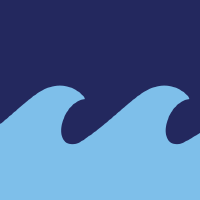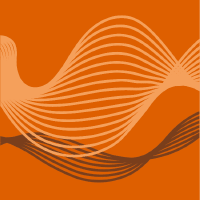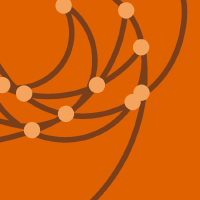Topic Editors


Advances in Underwater Signal Processing and Communication: Challenges, Innovations, and Applications
Topic Information
Dear Colleagues,
Underwater signal processing and communication technologies play a crucial role in a wide range of applications, including marine exploration, environmental monitoring, underwater resource mapping, disaster response, and defense operations. The complex and dynamic nature of the underwater environment presents significant challenges, such as signal attenuation, multipath propagation, and the absence of GPS, necessitating advanced signal processing techniques and robust communication systems.
Key challenges and research directions in this field include the following:
- Accurate Positioning and Navigation: In GPS-denied underwater environments, technologies such as acoustic localization, inertial navigation systems (INSs), simultaneous localization and mapping (SLAM), and SONAR-based navigation are essential for precise underwater positioning.
- Reliable Communication: Underwater communication relies on acoustic, optical, and electromagnetic methods, each with its own trade-offs. Innovations in modulation techniques, adaptive transmission, and hybrid communication strategies are critical for improving data transmission reliability.
- Real-Time Data Processing: Autonomous underwater systems, including unmanned underwater vehicles (UUVs) and sensor networks, require the real-time processing of sensor data for adaptive decision making, target recognition, and environmental modeling.
- Noise Reduction and Signal Enhancement: Underwater environments introduce challenges such as multipath interference, Doppler effects, and background noise. Advanced filtering, beamforming, and machine learning-based noise reduction techniques are vital for improving signal clarity.
- Energy-Efficient Systems: Long-duration underwater operations demand energy-efficient signal processing and communication methods to maximize operational lifetime, particularly for deep-sea exploration and long-term environmental monitoring.
- SONAR-Based Sensing and Imaging: SONAR technologies, including multibeam SONAR and synthetic aperture SONAR (SAS), are widely used for underwater mapping, object detection, and marine habitat assessment. Advanced signal processing techniques enhance SONAR resolution, reduce interference, and improve target classification.
- AI and Machine Learning for Underwater Systems: The integration of AI into underwater signal processing enables intelligent decision making, anomaly detection, and predictive maintenance for various applications, from autonomous navigation to underwater surveillance.
This topic aims to explore cutting-edge innovations in underwater signal processing and communication, bringing together experts from diverse fields such as signal processing, telecommunications, robotics, oceanography, and environmental science. By addressing these challenges, advancements in this field will contribute to improved underwater exploration, scientific research, industrial applications, and defense capabilities.
Prof. Dr. Jaehak Chung
Dr. Hojun Lee
Dr. Yongcheol Kim
Topic Editors
Keywords
- underwater signal processing
- acoustic communication
- noise reduction and signal enhancement
- optical and electromagnetic communication
- GPS-denied localization
- AI and machine learning for underwater systems
- energy-efficient communication systems
- SONAR sensing and imaging
- underwater environmental monitoring
- marine resource exploration
Participating Journals
| Journal Name | Impact Factor | CiteScore | Launched Year | First Decision (median) | APC | |
|---|---|---|---|---|---|---|

Applied Sciences
|
2.5 | 5.5 | 2011 | 19.8 Days | CHF 2400 | Submit |

Electronics
|
2.6 | 6.1 | 2012 | 16.8 Days | CHF 2400 | Submit |

Journal of Marine Science and Engineering
|
2.8 | 5.0 | 2013 | 15.6 Days | CHF 2600 | Submit |

Signals
|
2.6 | 4.6 | 2020 | 22.9 Days | CHF 1200 | Submit |

Telecom
|
2.4 | 5.4 | 2020 | 26.3 Days | CHF 1200 | Submit |

Sensors
|
3.5 | 8.2 | 2001 | 19.7 Days | CHF 2600 | Submit |

Preprints.org is a multidisciplinary platform offering a preprint service designed to facilitate the early sharing of your research. It supports and empowers your research journey from the very beginning.
MDPI Topics is collaborating with Preprints.org and has established a direct connection between MDPI journals and the platform. Authors are encouraged to take advantage of this opportunity by posting their preprints at Preprints.org prior to publication:
- Share your research immediately: disseminate your ideas prior to publication and establish priority for your work.
- Safeguard your intellectual contribution: Protect your ideas with a time-stamped preprint that serves as proof of your research timeline.
- Boost visibility and impact: Increase the reach and influence of your research by making it accessible to a global audience.
- Gain early feedback: Receive valuable input and insights from peers before submitting to a journal.
- Ensure broad indexing: Web of Science (Preprint Citation Index), Google Scholar, Crossref, SHARE, PrePubMed, Scilit and Europe PMC.


